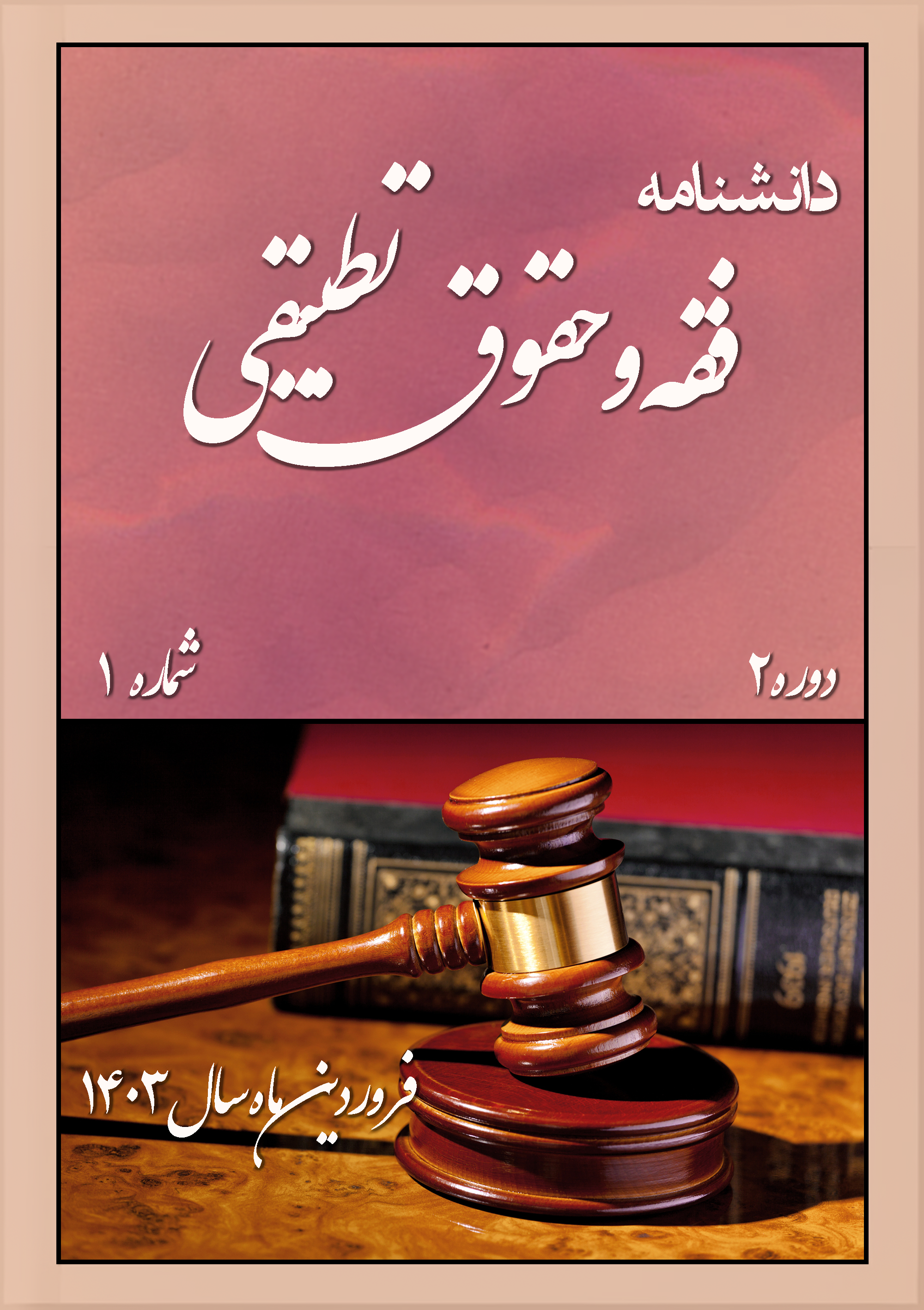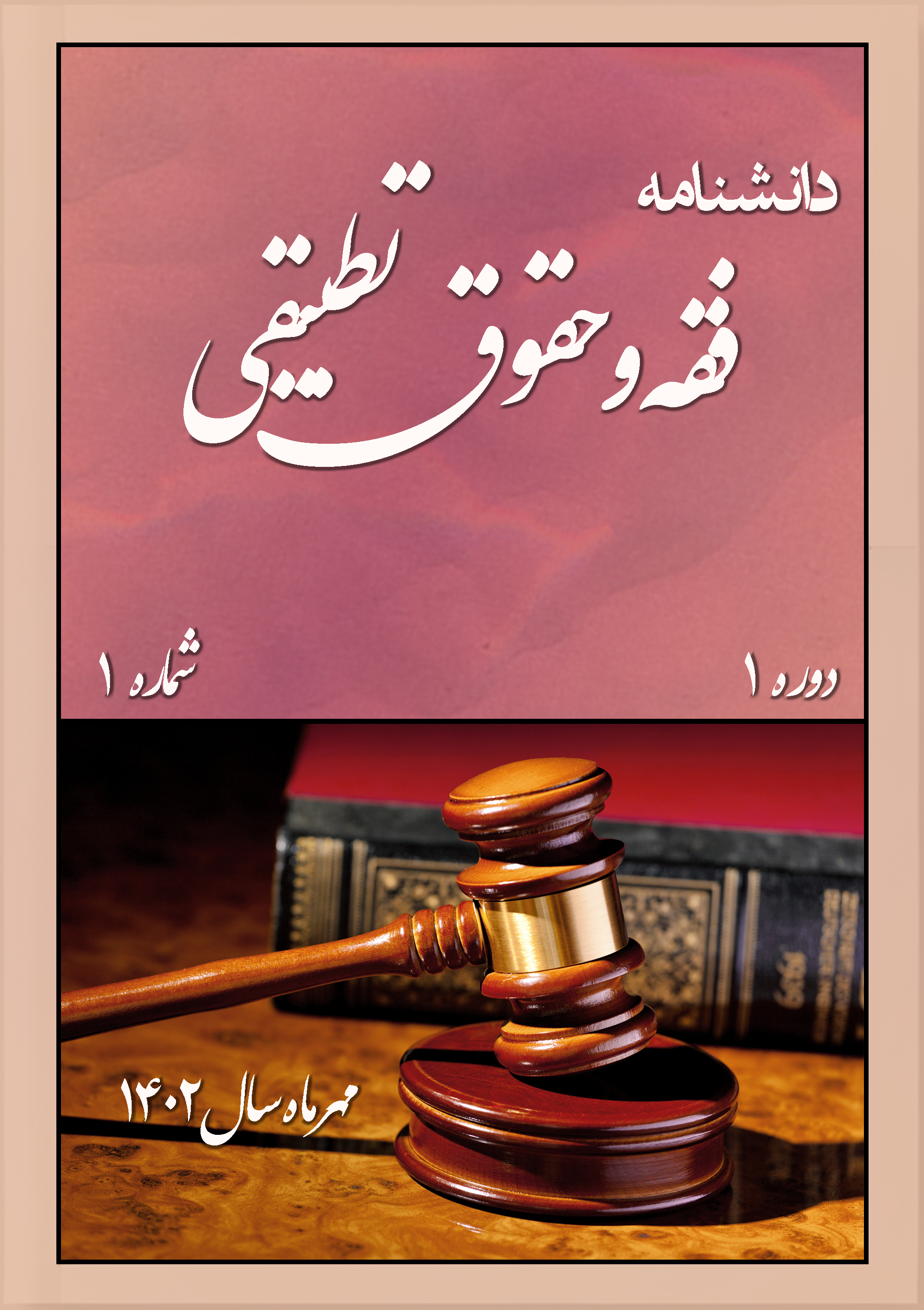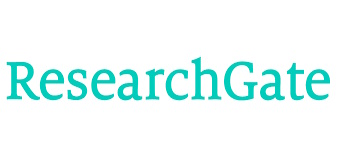امکان سنجی فقهی و حقوقی استفاده از هوش مصنوعی به عنوان یکی از ادله اثبات دعاوی در امور حقوقی و کیفری
کلمات کلیدی:
هوش مصنوعی, دادرسی هوشمند, شواهد دیجیتال, تکنولوژیهای نوین, حقوق دیجیتالچکیده
با پیشرفتهای چشمگیر در فناوریهای نوین، بهویژه در حوزهی هوش مصنوعی (AI)، امکان استفاده از این تکنولوژی در عرصههای مختلف حقوقی و قضائی در حال افزایش است. هوش مصنوعی بهعنوان ابزاری نوین میتواند در تحلیل و اثبات دعاوی نقش مهمی ایفا کند. این تحقیق به بررسی استفاده از هوش مصنوعی در فرایندهای اثبات دعاوی، بهویژه در زمینه شواهد دیجیتال، تحلیل دادههای حجیم و شبیهسازی استدلالهای حقوقی میپردازد. یکی از اهداف اصلی این تحقیق، شناسایی کاربردهای مختلف هوش مصنوعی در سیستمهای قضائی است. بهطور خاص، در دادرسیها و اثبات دعاوی، هوش مصنوعی میتواند با پردازش سریع و دقیق اطلاعات، کمک شایانی به وکلای دادگستری و قضات در تحلیل شواهد مختلف نماید. از جمله کاربردهای آن میتوان به شناسایی الگوهای رفتاری در پروندههای مشابه، طبقهبندی اسناد و مدارک، تحلیل دادههای دیجیتال و شواهد الکترونیکی، و شبیهسازی استدلالهای حقوقی اشاره کرد. همچنین، استفاده از AI برای پیشبینی تصمیمات قضائی بر اساس سوابق مشابه، میتواند دقت و سرعت فرایندهای قضائی را افزایش دهد. اهمیت این تحقیق در این است که هوش مصنوعی میتواند علاوه بر افزایش دقت و سرعت در رسیدگی به دعاوی، در کاهش هزینههای دادرسی و شفافیت تصمیمات قضائی نیز مؤثر باشد. با این حال، چالشهایی مانند مسائل اخلاقی، حفظ حریم خصوصی و محدودیتهای فنی در پیادهسازی این تکنولوژی باید مورد توجه قرار گیرد. در نهایت، به نظر میرسد که استفاده از هوش مصنوعی در اثبات دعاوی، با رعایت اصول و مقررات مناسب، میتواند بهطور چشمگیری کارایی و دقت سیستم قضائی را بهبود بخشد.
دانلودها
مراجع
Ahmad, S. (2020). Legal and Ethical Implications of Artificial Intelligence in Islamic Jurisprudence. Journal of Islamic Law Studies, 29(3), 235-245.
Aletras, N., Tsarapatsanis, D., Preoţiuc-Pietro, D., & Lampos, V. (2016). Predicting judicial decisions of the European Court of Human Rights: A natural language processing perspective. Peerj Computer Science, 2. https://doi.org/10.7717/peerj-cs.93
Amerandish. (2020). 4 Applications of Artificial Intelligence in the Field of Law | What Will Be the Future of the Legal and Advocacy Professions? https://amerandish.com/artificial-intelligence-in-law/
Ashley, K. D. (2017). Artificial intelligence and legal analytics: New tools for law practice in the digital age. Cambridge University Press. https://doi.org/10.1017/9781316761380
Bench-Capon, T., & Atkinson, K. (2017). Argumentation in artificial intelligence and law. Artificial Intelligence, 241, 1-25. https://doi.org/10.1016/j.artint.2016.09.006
Binns, R. (2018). Algorithmic Transparency and Accountability: The Importance of Open Systems in AI Decision-Making. Ethics and Information Technology, 20(3), 123-136.
Borna News. (2023). Robots in the Service of Law. https://borna.news/fa/news/2175301/
Catalino, R. (2021). Artificial Intelligence in the Courtroom: Implications for Legal Practice and Justice. Journal of Legal Technology, 34(4), 230-245.
Chalkidis, I., Androutsopoulos, I., & Aletras, N. (2021). Deep learning in legal text processing: A review of methods and datasets. Artificial Intelligence and Law, 29(1), 3-42. https://doi.org/10.1007/s10506-020-09268-x
Chawla, S., Chen, M., & Nguyen, H. T. (2018). Predicting case outcomes with machine learning: A study of judicial decisions.
Chen, M., Mao, S., & Liu, Y. (2012). Big data: A survey. Mobile Networks and Applications, 19(2), 171-209DO - 110.1007/s11036-11013-10489-11030.
Fan, R., Ai, W., & Song, Z. (2019). Object detection in crime scene images using deep learning. Forensic Science International, 297, 110-118. https://doi.org/10.1016/j.forsciint.2019.02.029
Fleming, S., Jack, B., & Forshaw, S. (2020). Leveraging AI and big data in criminal investigations: Opportunities and challenges. Artificial Intelligence and Law, 28(3), 231-258. https://doi.org/10.1007/s10506-020-09261-4
Glock, R. (2018). The Role of Artificial Intelligence in Forensic Analysis: Challenges and Opportunities. Journal of Forensic Sciences, 63(5), 1122-1134.
Herd, L. (2020). Artificial Intelligence in Legal Services: Realizing the Promise of AI for Law Firms. Journal of Legal Technology Risk Management, 16(1), 67-80.
Jurafsky, D., & Martin, J. H. (2023). Speech and language processing: An introduction to natural language processing, computational linguistics, and speech recognition (Vol. 3). Pearson.
Kerr, O. (2019). Digital Evidence and the Law: The Need for a New Framework. Harvard Law Review, 132(4), 892-912.
Kleinberg, J., Lakkaraju, H., Leskovec, J., Ludwig, J., & Lewis, R. A. (2018). Human decisions and machine predictions. Science, 360(6396), 1079-1081. https://doi.org/10.1126/science.aap9519
Le Khac, N. A., & Kechadi, T. (2020). Application of big data and machine learning in financial forensics and fraud detection. Forensic Science International: Reports, 2, 100088. https://doi.org/10.1016/j.fsir.2020.100088
Masoumi, E. (2023). Artificial Intelligence and Digital Evidence Analysis in the Judicial System: Challenges and Solutions. Journal of Law and Technology, 29(3), 102-115.
Mittelstadt, B. D., Allo, P., Taddeo, M., Wachter, S., & Floridi, L. (2016). The ethics of algorithms: Mapping the debate. Big Data & Society, 3(2SP - 1), 21. https://doi.org/10.1177/2053951716679679
Müller, M. (2018). Cybersecurity and AI: Risk and Solutions. Springer.
Nguyen, H. H., Yamagishi, J., & Echizen, I. (2021). Capsule-forensics: Using capsule networks to detect forged images and videos. Neural NetworksVL - 139, 111-121. https://doi.org/10.1016/j.neunet.2021.02.009
O'Neil, C. (2016). Weapons of Math Destruction: How Big Data Increases Inequality and Threatens Democracy. Crown Publishing Group.
Rajpurkar, P., Jia, R., & Liang, P. (2018). Know what you don't know: Unanswerable questions for SQuAD. https://doi.org/10.18653/v1/P18-2124
Russell, S., & Norvig, P. (2021). Artificial intelligence: A modern approach (Vol. 4). Pearson.
Sulea, O. M., Zampieri, M., Malmasi, S., Vela, M., Dinu, L. P., & van Genabith, J. (2017). Exploring the use of text classification for predicting the outcome of legal cases. Artificial Intelligence and Law, 25(1), 73-94. https://doi.org/10.1007/s10506-016-9197-0
Susskind, R. (2019). Tomorrow's Lawyers: An Introduction to Your Future. Oxford University Press.
Susskind, R., & Susskind, D. (2015). The Future of the Professions: How Technology Will Transform the Work of Human Experts. Oxford University Press. https://doi.org/10.1093/oso/9780198713395.001.0001
Verdoliva, L. (2020). Media forensics and deepfakes: An overview. IEEE Journal of Selected Topics in Signal ProcessingVL - 14(5), 910-932. https://doi.org/10.1109/JSTSP.2020.3002101
Williams, J. (2020). AI in Law: The Future of Legal Technology. Springer.
Zeng, L. (2018). Privacy Protection in the Era of Artificial Intelligence: Current Trends and Future Directions. Journal of Data Privacy and Security, 14(2), 45-67.
Zhang, Y. (2020). Privacy Protection in the Age of AI: The Need for International Standards. International Data Privacy Journal, 13(1), 1-19.
دانلود
چاپ شده
ارسال
بازنگری
پذیرش
شماره
نوع مقاله
مجوز
حق نشر 1403 طیبه عارف نیا, شمس الله شالیگر, مهدی محمدیان امیری (نویسنده)

این پروژه تحت مجوز بین المللی Creative Commons Attribution-NonCommercial 4.0 می باشد.










